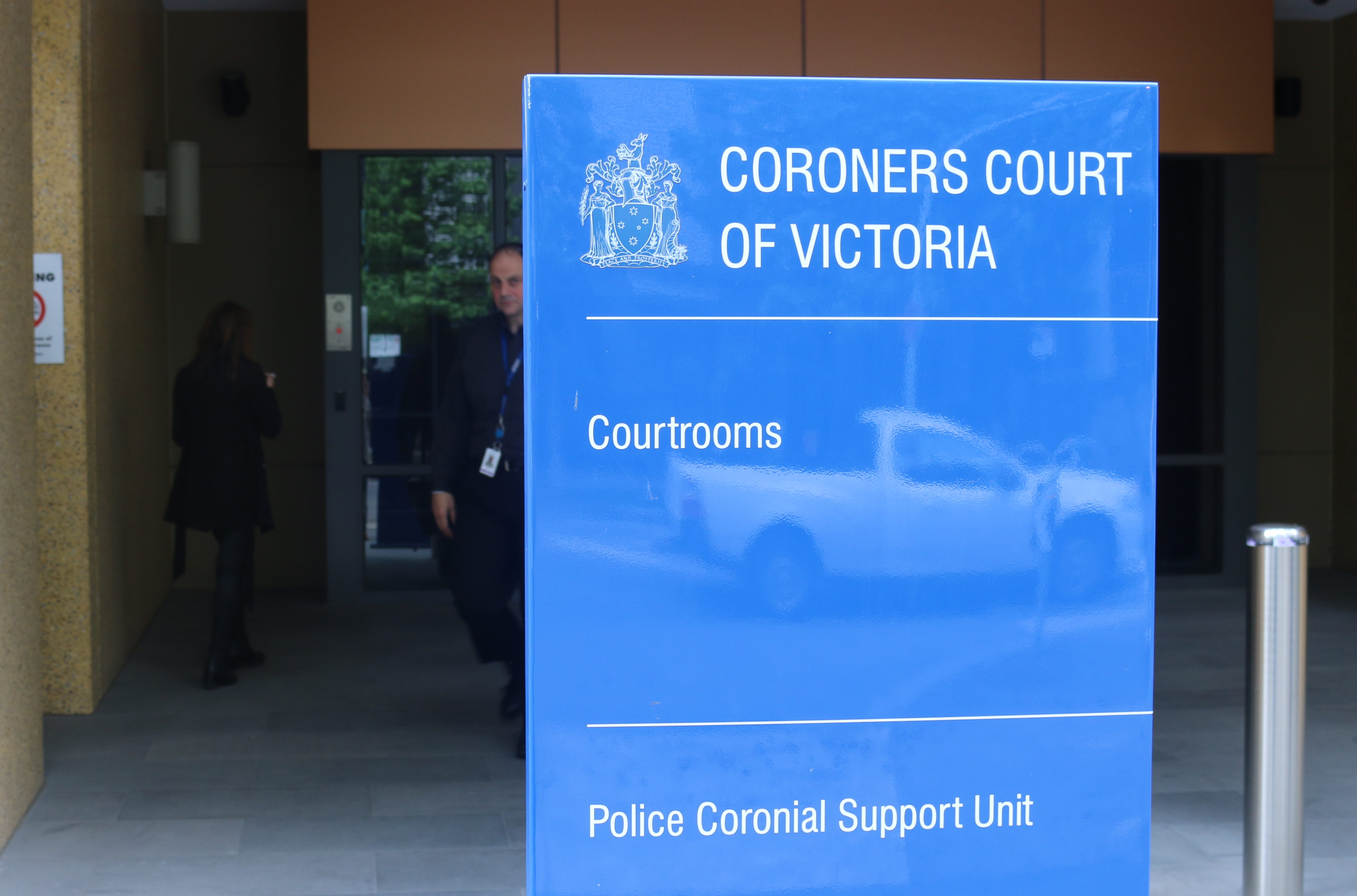An coronial inquest into 10 Victorian deaths caused by thunderstorm asthma has recommended ambulances now provide callers with an estimated time of arrival.
Melbourne’s fatal thunderstorm asthma event swept through the city on November 21, 2016, hospitalising approximately 8,500 people and prompting operators to be inundated with calls for paramedics.
In her finding, Coroner Paresa Spanos revealed emergency services followed script protocol, meaning operators at Emergency Services Telecommunications Authority (ESTA) told patients that an ambulance was on the way, when in some cases it was not.
“What such a caller needs is information specific to their situation, effectively an estimated time of arrival of the ambulance,” said Spanos. “As I understand it, our emergency response system is not presently configured to provide such information.”
Ann Ranjith’s husband Ranjith Peiris died from his exacerbated asthma symptoms after waiting over an hour for an ambulance. She was present at the Coroners Court to hear the findings and said she hoped the inquest would lead emergency operators to “just be honest with the answers”.
Subsequent to the thunderstorm asthma deaths, Ambulance Victoria made changes to their exit scripts for ‘priority 1’ and ‘priority 0’ calls.
Emergency Services director Michael Stephenson says that Ambulance Victoria’s deployed script change should provide clarity to patients on the status of an ambulance.
“No longer are people informed that an ambulance is coming if it is not,” he said. “In fact they are told that an ambulance is being arranged and it is suggested to them that if they have other means to get themselves to the hospital then they could do so.”
Stephenson also states Ambulance Victoria is working towards delivering callers an estimated time of arrival for paramedics, but admits that it’s difficult to achieve.
“Ambulance Victoria is ultimately committed to that and is doing some work at the present time,” he said. “It is a very difficult thing to do currently because we will always retain the right to upgrade an ambulance and shift it from a lower acuity case to a higher acuity case if we need to.”

Coroner Spanos described the thunderstorm asthma event as “globally unprecedented” and believes further research and awareness would mitigate the risk of fatalities in the future. It’s a sentiment shared by Asthma Australia CEO Teresa Vella.
“With the thunderstorm asthma event in 2016, there were much lower numbers of people who were managing their asthma well who were presenting to hospitals,” she said.
“Having appropriate therapies and following an appropriate managing plan can prevent you from symptoms, prevent you from being hospitalised and most importantly, prevent from an avoidable death.”


